Review: Pivot Vault – Pro Ultegra
Originally posted on November 8, 2019 at 0:38 amThe Pivot Vault has been positioned as a versatile drop-bar bike since its debut in 2013. Built for gravel, dirt, and road, its geometry has always leaned in favor of the cyclocross world more than the endurance scene. Now, with the latest geometry tweaks on the fourth-generation Vault, Pivot maintains the focus on high performance but shifts the medium to a more all-road crowd. A taller head tube puts the rider in a more upright riding position; the lower bottom bracket and longer wheelbase create stability for a more comfortable all-day experience regardless of the road type. I am not one to ride circles in a grass field, but with a short 420-millimeter chainstay and a feathery-light chassis, I imagine the Vault can still muscle its way through a cyclocross race quite well.

THE BIKE
Pivot’s Vault is available in only two build kits but gives a nod to each side of the drivetrain war. The top-tier build with the fanciest of fancy will set you back $6,700 and comes stock with 1x SRAM Force AXS e-Tap 12-speed. Our model runs $5,200 and arrives with 2×11 Shimano Ultegra. Both build kits come with disc brakes and 160 mm rotors front and back. There is clearance for 700×47 or 2-inch wide 650b tires, but both build kits come stock with 700×40 Maxxis Rambler Skinwalls mounted up on DT Swiss or Reynolds wheels, depending on selected options. Update: Pivot has announced that a $2,700 frame-only option is coming soon.
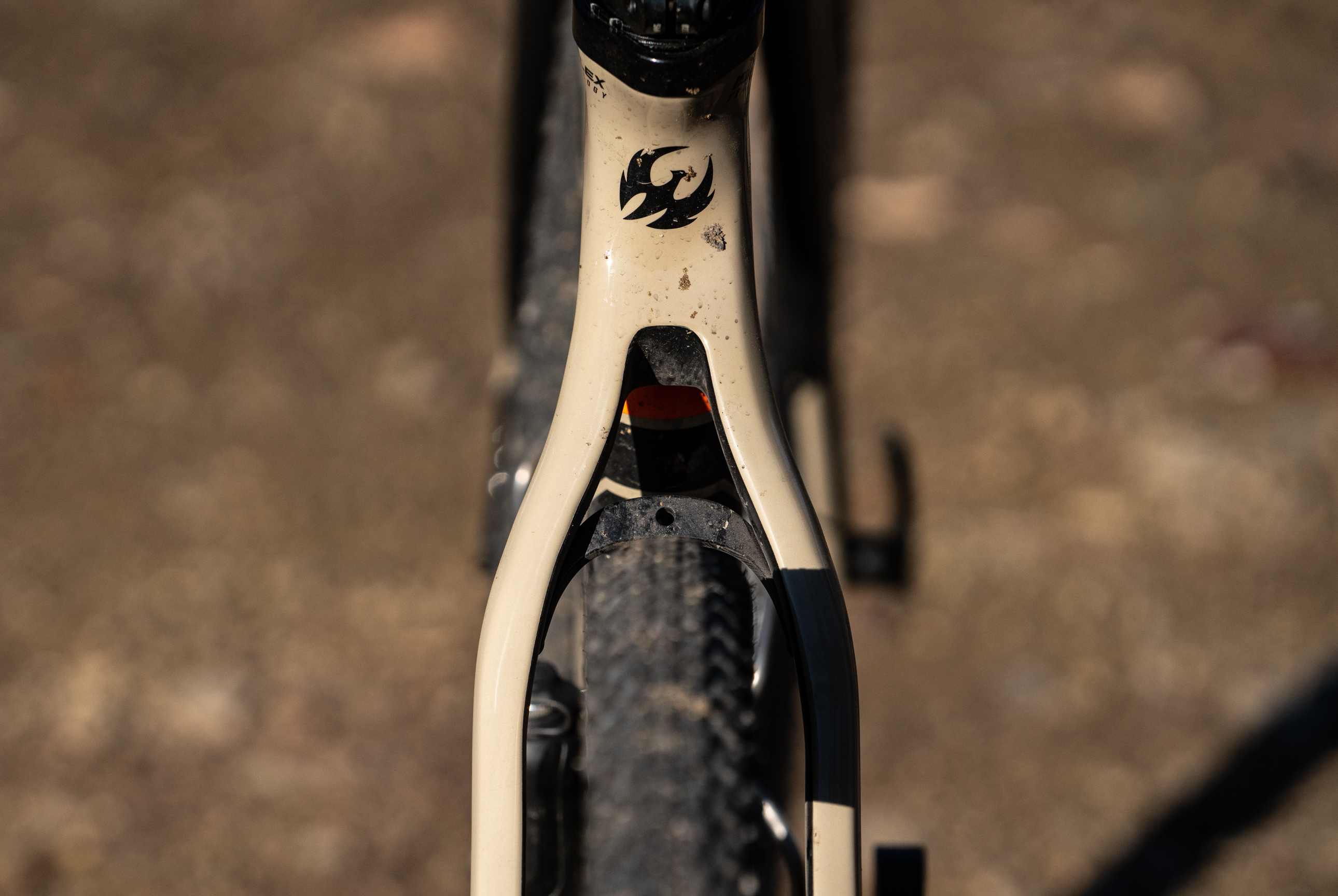
The most significant update for the new Vault is the introduction of Pivot’s Iso Flex Seatpost technology (Iso = isolation, Flex = comfort). Iso Flex uses a lightweight rubber sleeve that sits between the seatpost and frame for a buttery smooth ride without sacrificing frame stiffness.
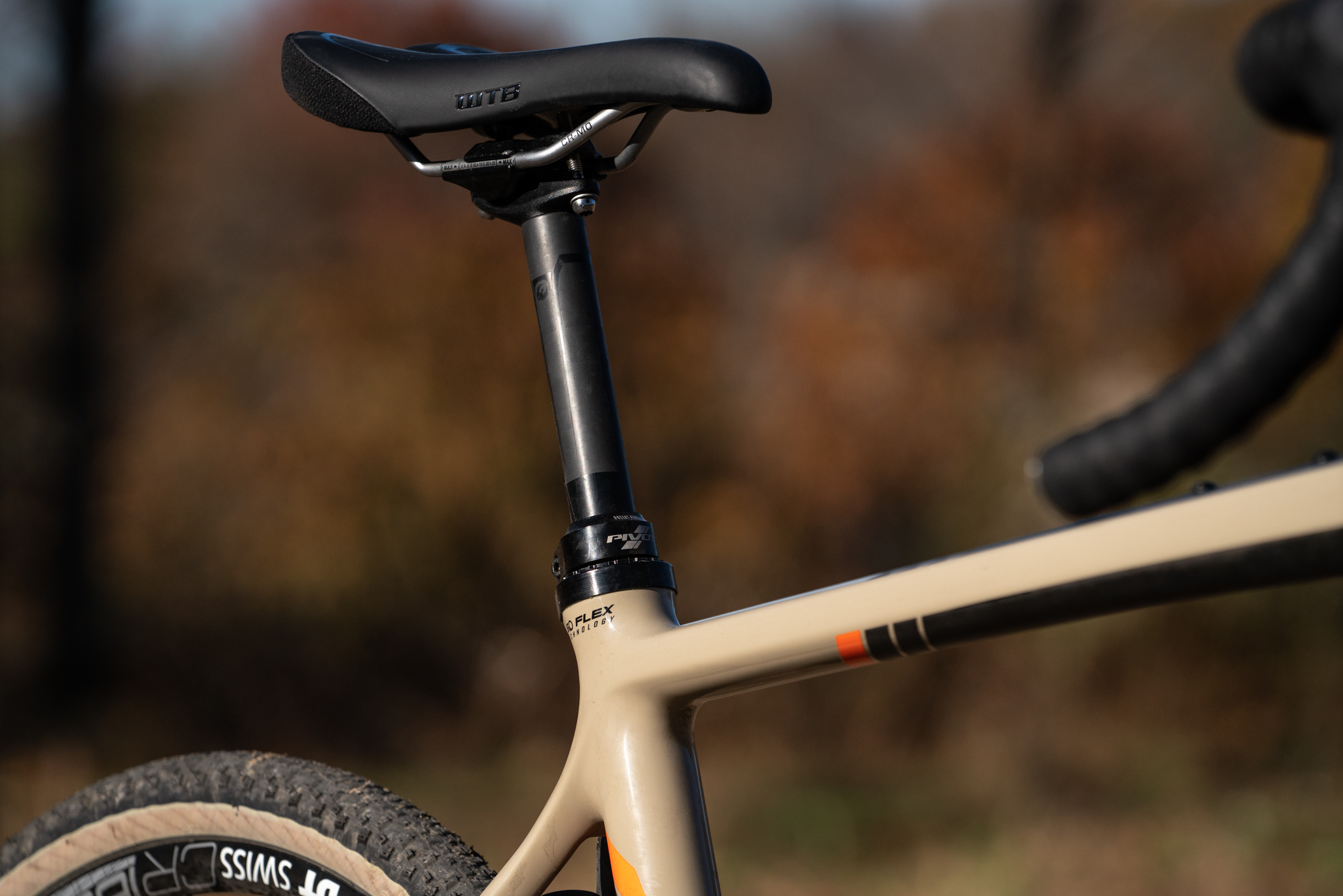
The rubber insert is available in two sizes, a 27.2 mm sleeve (84 grams), which comes stock with the Vault, and a 30.9 mm sleeve (56 grams) that is sold separately for $99 (includes insert and seat collar). The 30.9 mm sleeve is intended for those who want to run an internally routed dropper post. Don’t worry, no special tools are required. To swap sleeves, a standard Shimano Hollowtech II bottom bracket tool is all that’s needed to loosen the sleeve’s lock ring and collar from the frame.
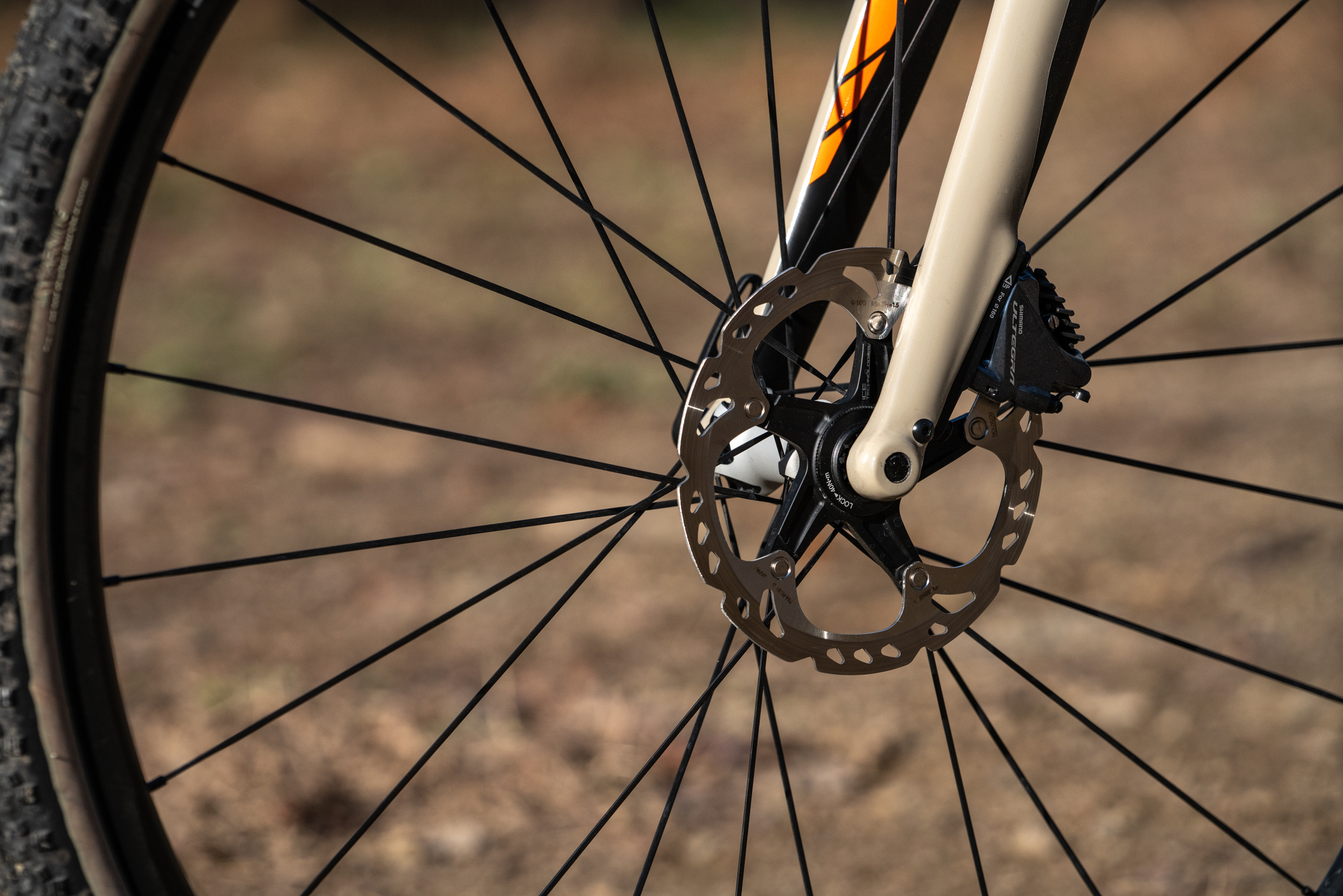
Since the 27.2 mm Iso Flex sleeve provides additional space between the post and the frame, Pivot was able to use a softer durometer of rubber for maximum damping qualities.
Other features include hidden fender mounts, top tube bag mounts, three-pack mounts on the down tube and compatibility with gravel-specific front suspension.
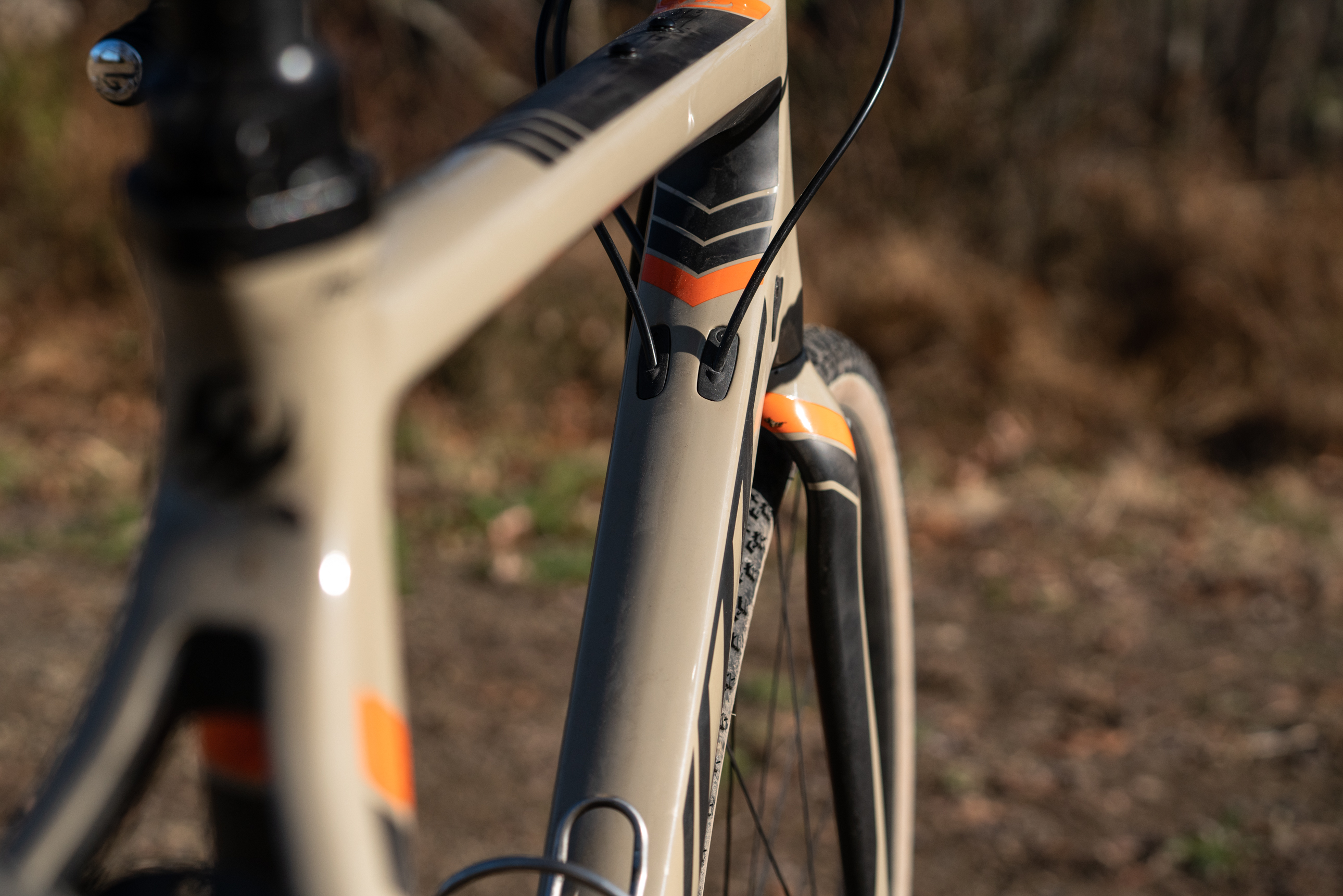
Meanwhile, the Vault manages all the internal cable routing and Di2 battery storage through Pivot’s easy to service Cable Port System on the bottom of the BB386EVO bottom bracket shell. Unfortunately, due to the Di2 battery compatibility, a third bottle cage on the underside of the down tube would not work. Even though the Vault is a high-performance race bike and Pivot’s endurance athletes had no need for a third cage, I would have liked to have seen one. When I ride the road, I am looking for the backroads with the least amount of traffic, and sometimes that means I don’t come across available water for hours.
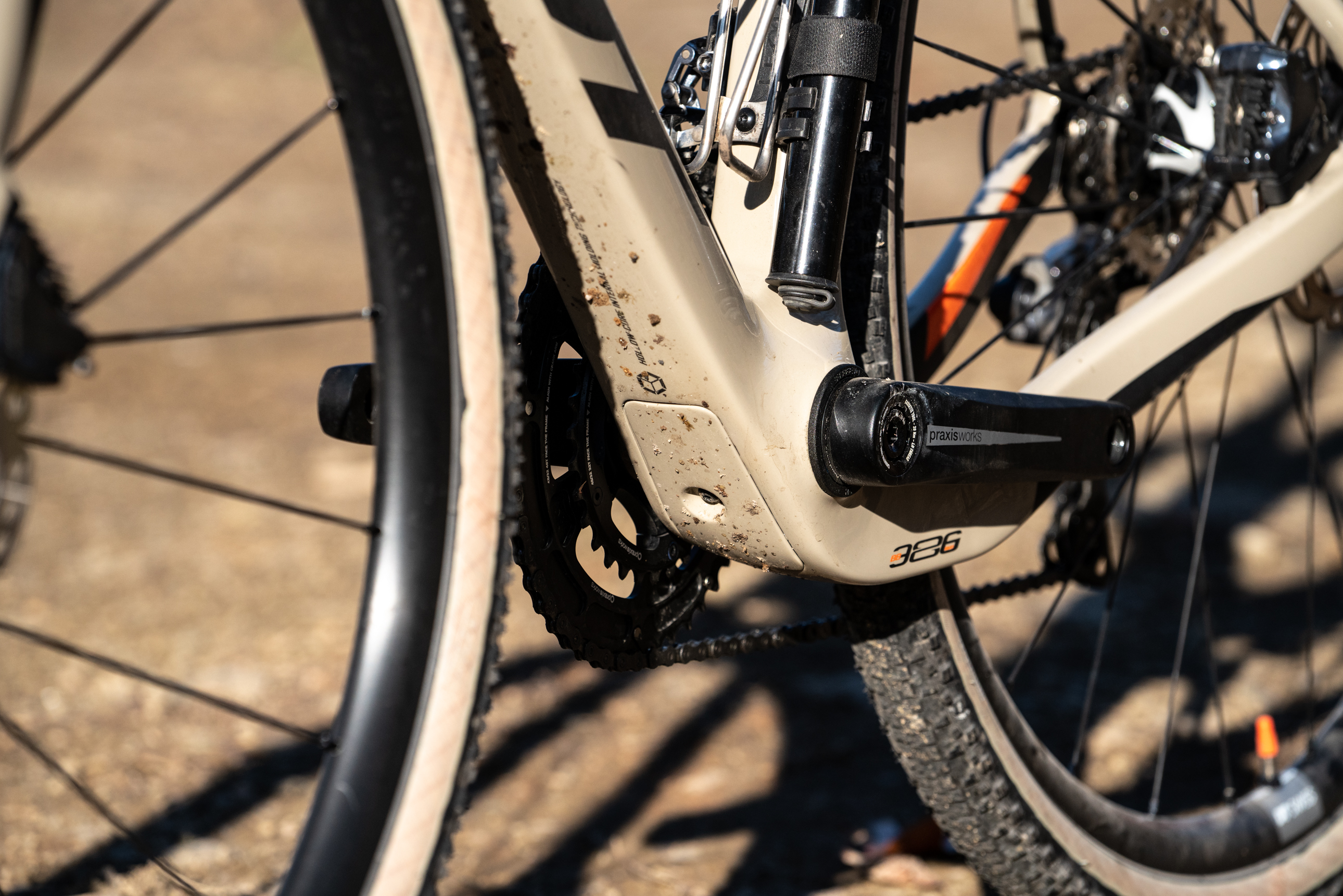
THE RIDE
It’d been an exhausting couple of weeks with long days in the saddle, and I was looking for a recovery ride, but that’s not the type of ride the Pivot Vault wanted to do. Barreling through the countryside using the faded line of mayonnaise as my guide, the wind muffled all noises except the steady metronome of whoosh with every pedal stroke. This bike is a rocket, I say aloud.
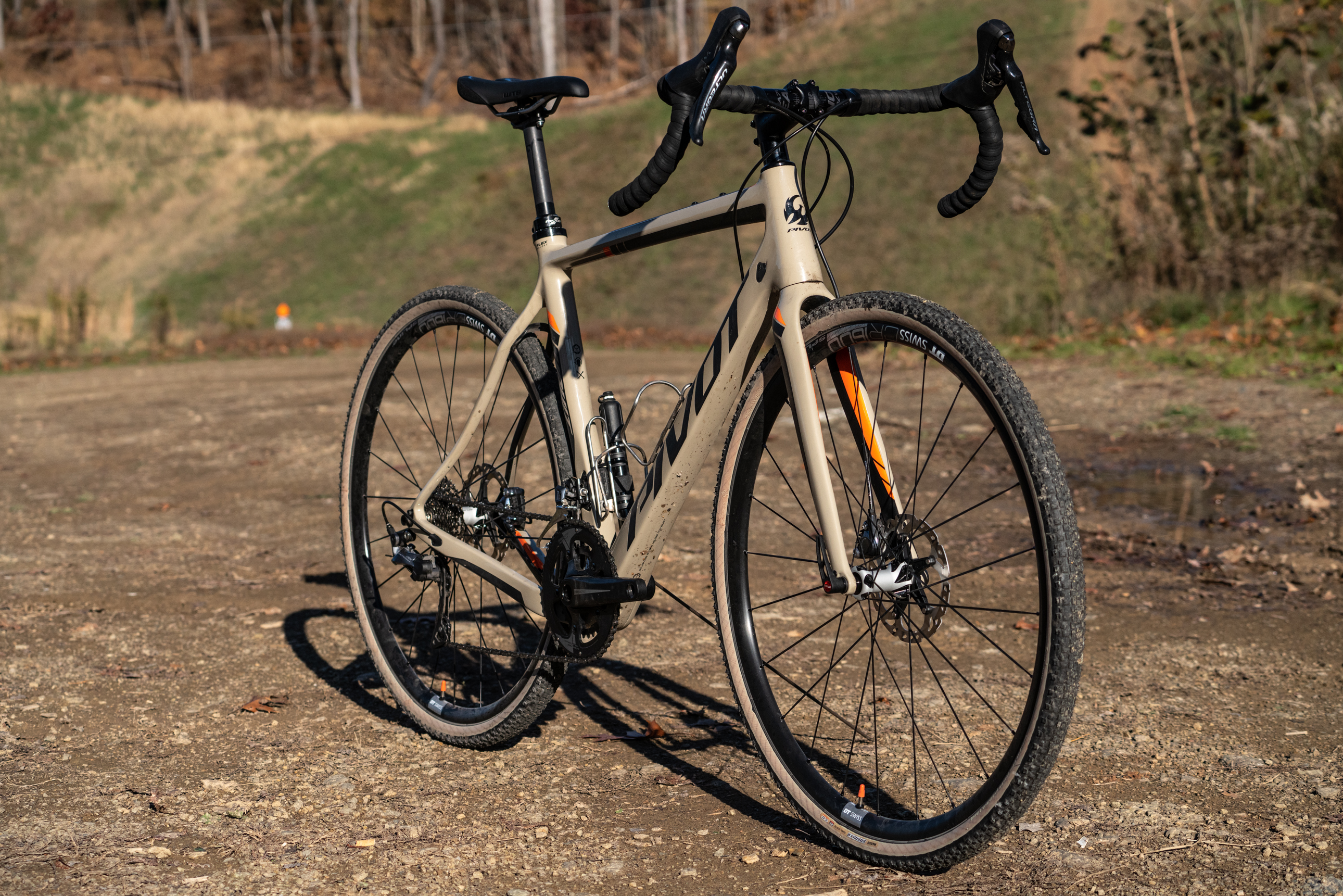
The Pivot Vault is a very well-balanced bike. The stiff chassis ensures every pedal stroke feels crisp and smooth with no indication of wasted power; meanwhile, the handling remains calm and calculated, never acute or needing to be forced. Perhaps it’s the mountain biker in me, but it was a strange feeling to be working so hard from the waist down but feeling calm and collected in my upper body.
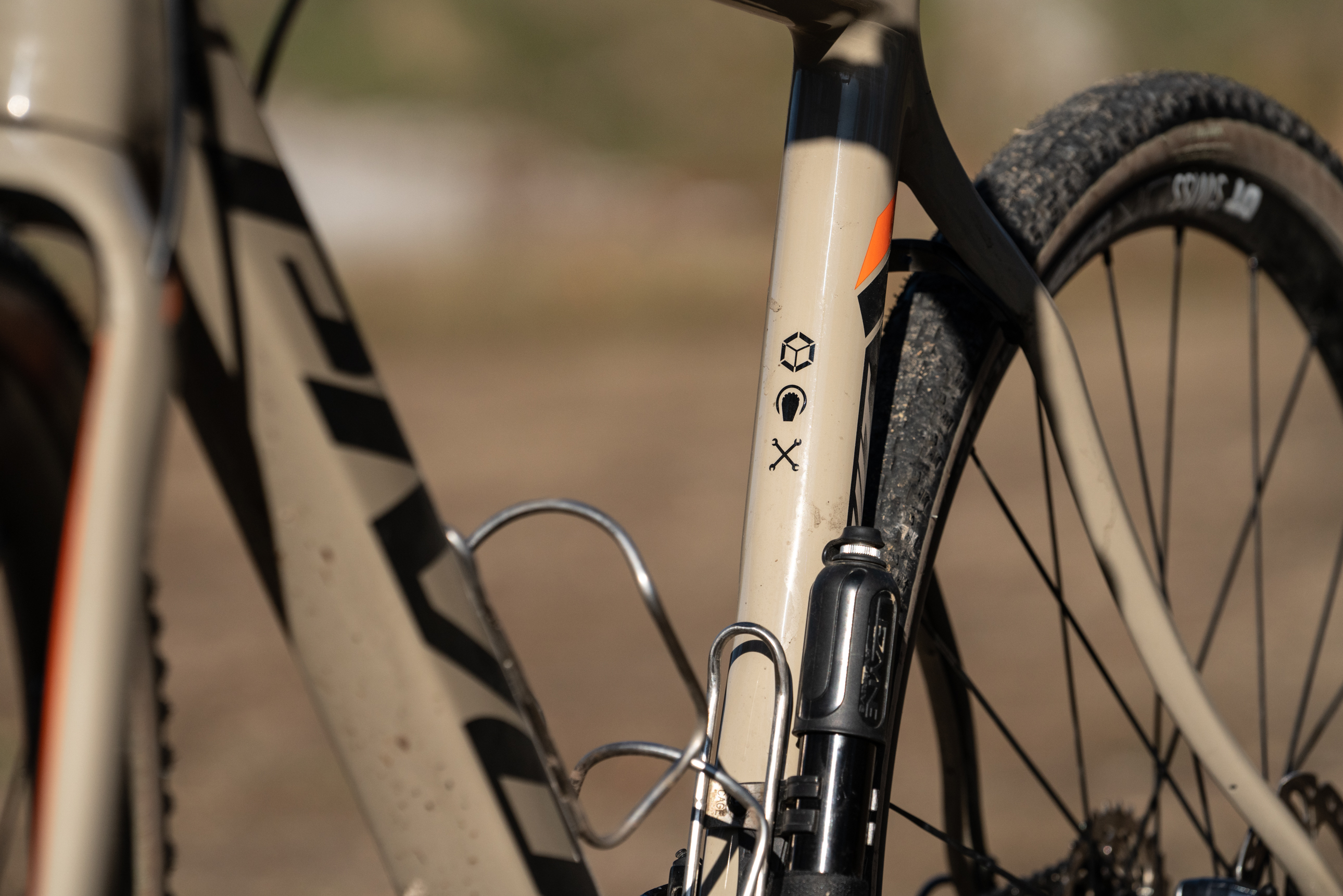
There is no denying that racing runs through and through the Vault’s bloodlines, but with a shift of focus from a sub-2-hour cyclocross race to now a multi-hour gravel slugfest, a little added comfort from the Iso Flex seatpost goes a long way. Running a 27.2 mm post, the damping was noticeable in comparison to similar carbon bikes. While seated, there is no sensation of movement like a suspension platform, but rather any impact is muted. In simplistic terms, think of the relationship to your grips and handlebar and how they mute the feedback from the trail or road; Iso Flex works in a similar manner where the handlebar is the seatpost, and the grip is the Iso Flex insert. Simple system, exceptional results.
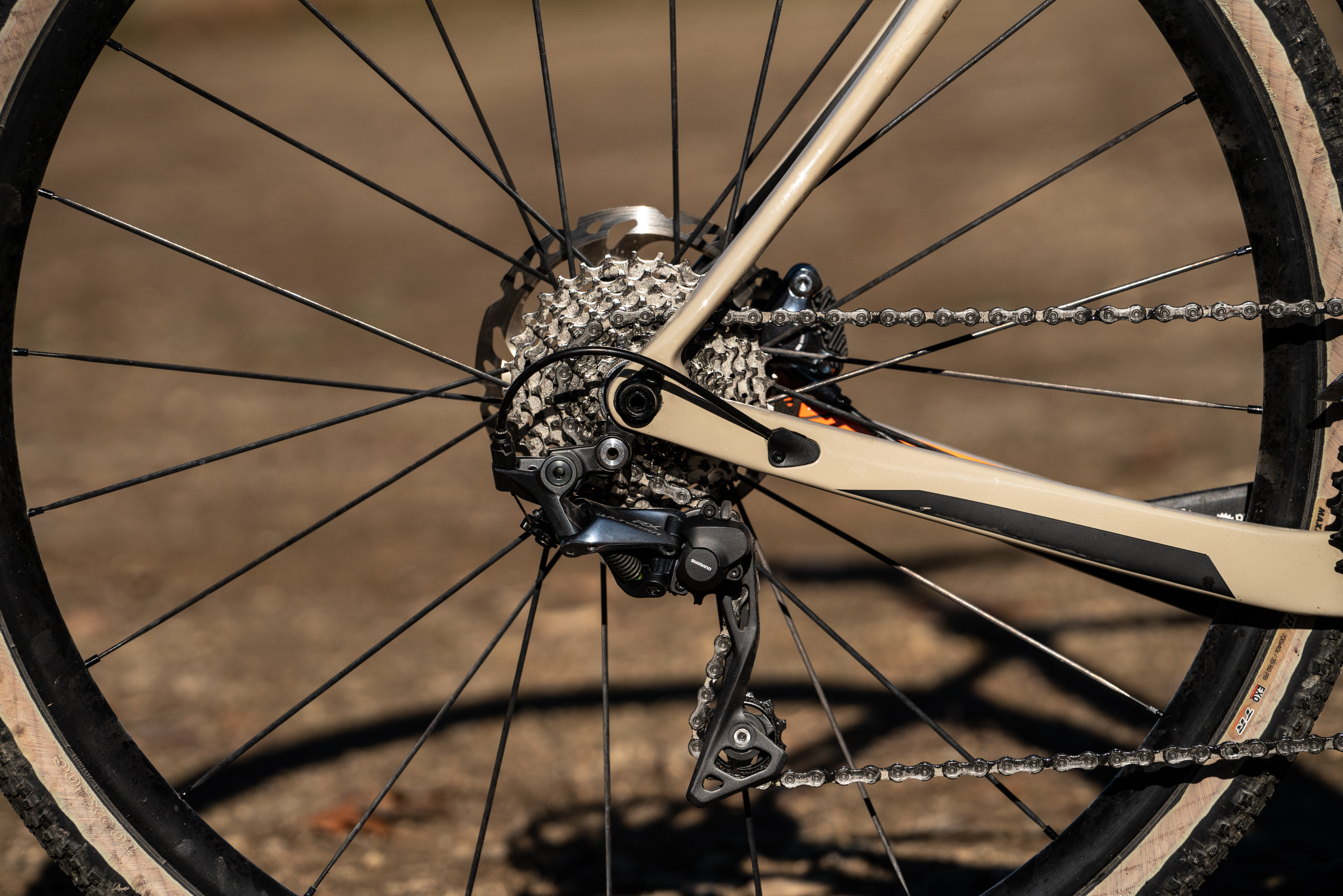
The sub-compact 48/32 Ultegra crankset paired with an 11-34 cassette will satisfy a wide range of riders and terrain straight out of the box. With that said, for as fast as the Vault wants to be ridden, I would have preferred a 50/34. I would consider myself to be a spinner rather than a masher and found that the 32T felt too light for as fast and smooth the bike naturally carried its momentum.

CONCLUSION
With an emphasis on the Vault being a versatile drop-bar bike, let’s first discuss what this bike is not. The Pivot Vault is not the ideal bike if you are looking for a more casual cruise to admire the fall foliage. And, unless that jaunt to the nearest Redbox kiosk has a Strava segment between you and the kiosk, if you are into that nonsense, the Vault is probably not the ideal bike for errands either.

Now, if you want to shake and bake like Ricky Bobby, you should most certainly give the all-new Pivot Vault a test ride at your nearest Pivot dealer. This bike is an absolute rocket ship.
Words by Scott Williams | Photos by Brett Rothmeyer
Pivot Vault Pro Ultegra
Price: $5,200
Sizes: XS, S, M, L (tested), XL
Online: pivotcycles.com
Tester: Scott Williams
Age: 33
Weight: 165 lbs.
Height: 5′ 11″
Inseam: 32.5″